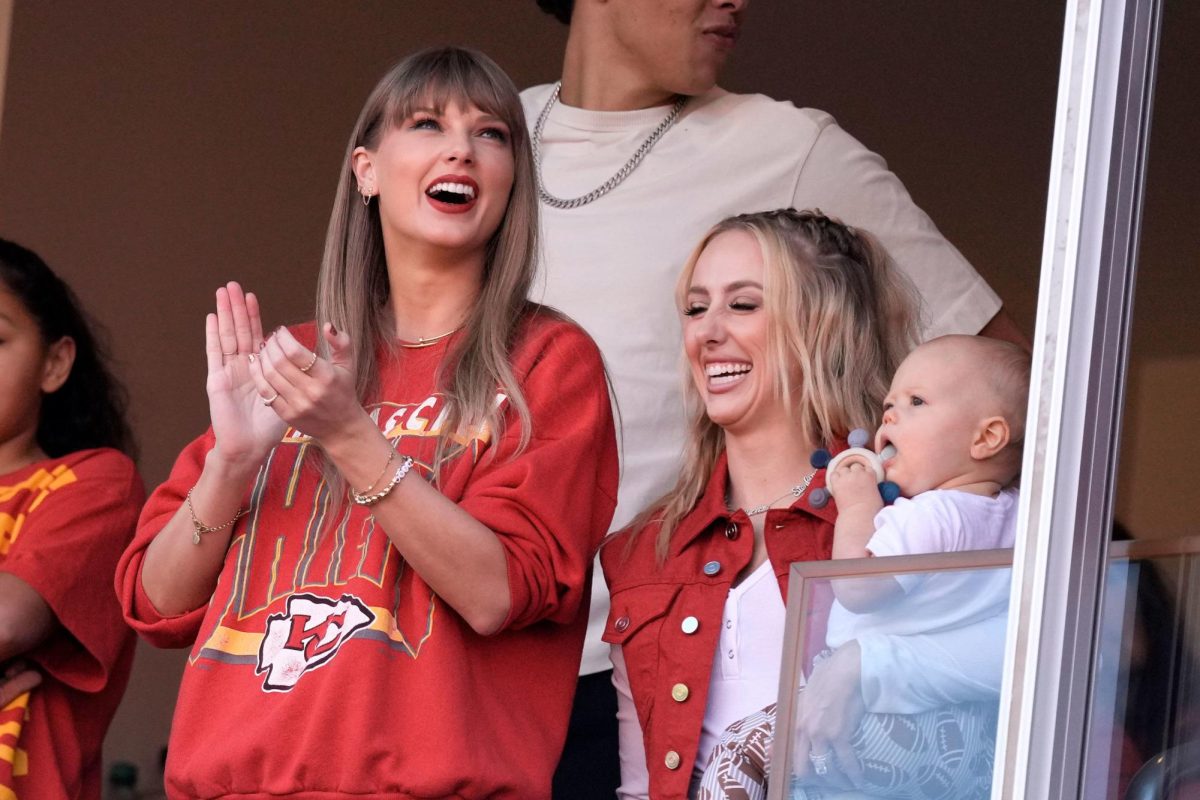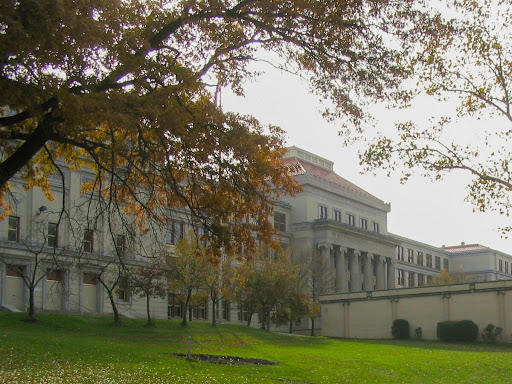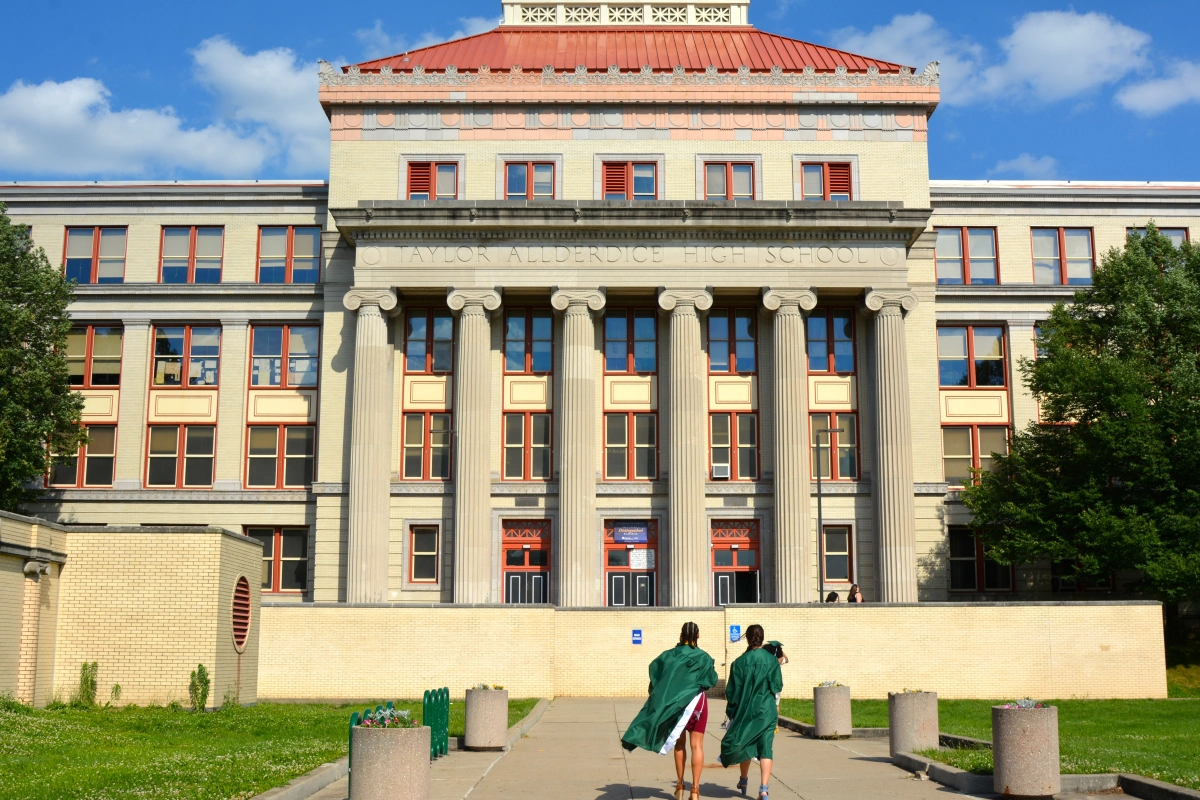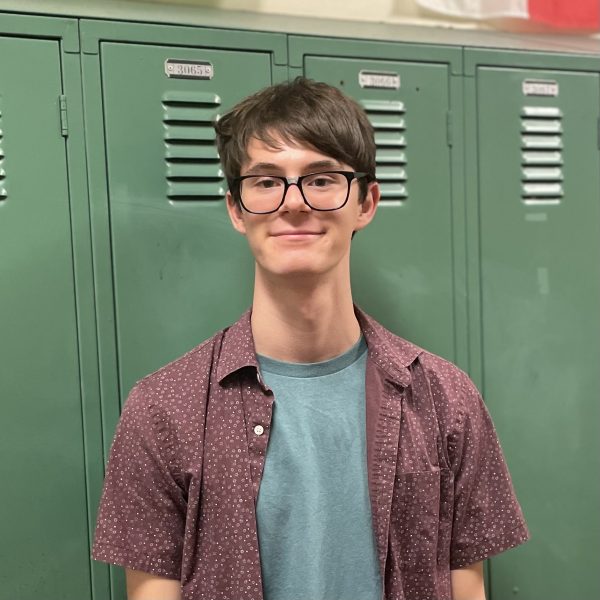It’s not uncommon to hear the sentiment that animation is for kids. To many, the medium is simply a way to churn out television shows and movies for children: content entertaining enough for its intended audience but only occasionally tolerable by older and more mature viewers. And, although it’s a claim that discounts an entire filmmaking style, it’s not hard to see why many people think this way. Disney’s domination in animation began back in the late 1930s and early 1940s with the release of Snow White and Pinocchio. Since then, other animation studios have gained popularity, but almost always following Disney’s formula of making content for children.
However, this began to change in the late 80s and the early 90s with the creation of the Simpsons. As the show, which attempted to appeal more to older audiences by using adult humor and references, began to take off, it wasn’t long before animation aimed at older audiences became more popular. Shows like Family Guy, South Park, and King of the Hill, all animated comedies with adult audiences in mind, were extremely successful, further expanding the perception of what animation could be and who it could be for.
However, even though these shows spurred growth in the medium of animation, adult animation remained mostly juvenile. These shows did include more adult jokes and comedic moments than older animated content, but they didn’t do much more, mostly failing to break the mold of casual comedies that the Simpsons had created.
It wasn’t until well into the 2010s that mainstream animated content began to take on more adult themes and push past its expectations of easily digestible comedies and children’s media. With extremely positive critical reception, shows like Rick and Morty, which has moments of complexity but can sometimes fall back on adult humor, and Bojack Horseman, a show about an anthropomorphic horse with alcoholism, served as proofs of concept for the usage of animation to tell compelling stories in a wide array of genres through their portrayal of more adult themes. Both shows tackle issues surrounding alcoholism and toxic relationships through their flawed cast of characters. Since these shows handle those mature themes well, they displayed what new things could be done through animation, allowing the medium to continue expanding.
And after nearly a decade since the debut of those shows, the medium of animation has only continued to grow. Spanning different genres and styles, new animated content is no longer just for kids. Instead, animation now includes documentaries, like the critically acclaimed film Flee about a refugee from Afghanistan living in Denmark. It also includes romantic comedies, like the highly praised television special Entergalactic, which is a visual companion to Kid Cudi’s album of the same name.
As I’ve moved towards adulthood myself, my taste in media has changed substantially, but even though I’m no longer interested in a lot of the same animated children’s movies and television shows that I used to enjoy, my appreciation of the art form has remained. I’ve thoroughly enjoyed a litany of animated content that have all made clever or meaningful use of the art form in order to tell engaging and more nuanced stories than what many consider typical for animation. One of my favorite things in animation right now is Invincible. Although it is a complex superhero story, it’s able to use animation to subvert the viewers’ expectations by presenting itself as a cliche and basic superhero show. Blue Eyed Samurai, another one of my favorite recent animated shows, uses animation to pay homage to anime, a Japanese style of animation, by connecting the visual style with the plot and setting of a warrior getting revenge in Edo-Period Japan. Primal, an animated show that I’m getting back into, uses its unique two-dimensional style of animation to create an engaging story without any dialogue. And Love Death & Robots, which has some of my favorite visuals across anything I’ve ever watched, is an anthology series that uses a different animation style in every episode, making each feel even more distinct.
Animation has undergone many changes since it began as a medium primarily aimed at children. And although the belief that animation is just for kids will likely never fully disappear, as the art form continues to grow and expand, it will continue to get more and more of the respect that it deserves. And while it does, I’ll be avidly watching and waiting for what comes next.









